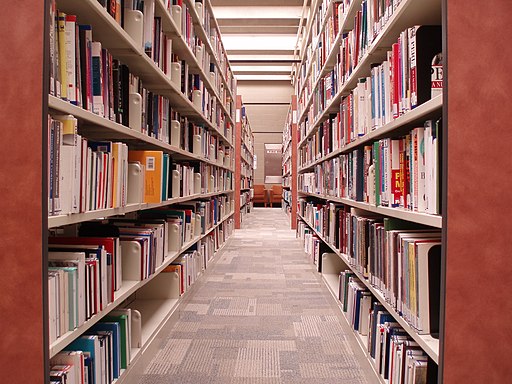
The Code4Lib Journal (C4LJ) exists to foster community and share information among those interested in the intersection of libraries, technology, and the future.
We are now accepting proposals for publication in our 37th issue. Don’t miss out on this opportunity to share your ideas and experiences. To be included in the 37th issue, which is scheduled for publication in mid July 2017, please submit articles, abstracts, or proposals at http://journal.code4lib.org/submit-proposal or to journal@code4lib.org by Friday, April 14, 2017. When submitting, please include the title or subject of the proposal in the subject line of the email message and the acceptance of the Journal’s US CC-By 3.0 license in the body of the message. The editorial committee will review all proposals and notify those accepted by Friday, April 21, 2017. Please note that submissions are subject to rejection or postponement at any point in the publication process as determined by the Code4Lib Journal’s editorial committee.
C4LJ encourages creativity and flexibility, and the editors welcome submissions across a broad variety of topics that support the mission of the journal. Possible topics include, but are not limited to:
* Practical applications of library technology (both actual and hypothetical)
* Technology projects (failed, successful, or proposed), including how they were done and challenges faced
* Case studies
* Best practices
* Reviews
* Comparisons of third party software or libraries
* Analyses of library metadata for use with technology
* Project management and communication within the library environment
* Assessment and user studies
C4LJ strives to promote professional communication by minimizing the barriers to publication. While articles should be of a high quality, they need not follow any formal structure. Writers should aim for the middle ground between blog posts and articles in traditional refereed journals. Where appropriate, we encourage authors to submit code samples, algorithms, and pseudo-code. For more information, visit C4LJ’s Article Guidelines or browse articles from the earlier issues published on our website: http://journal.code4lib.org.
Send in a submission. Your peers would like to hear what you are doing.
-Sara Amato, Coordinating Editor for Issue 37
-Code4Lib Journal Editorial Committee





